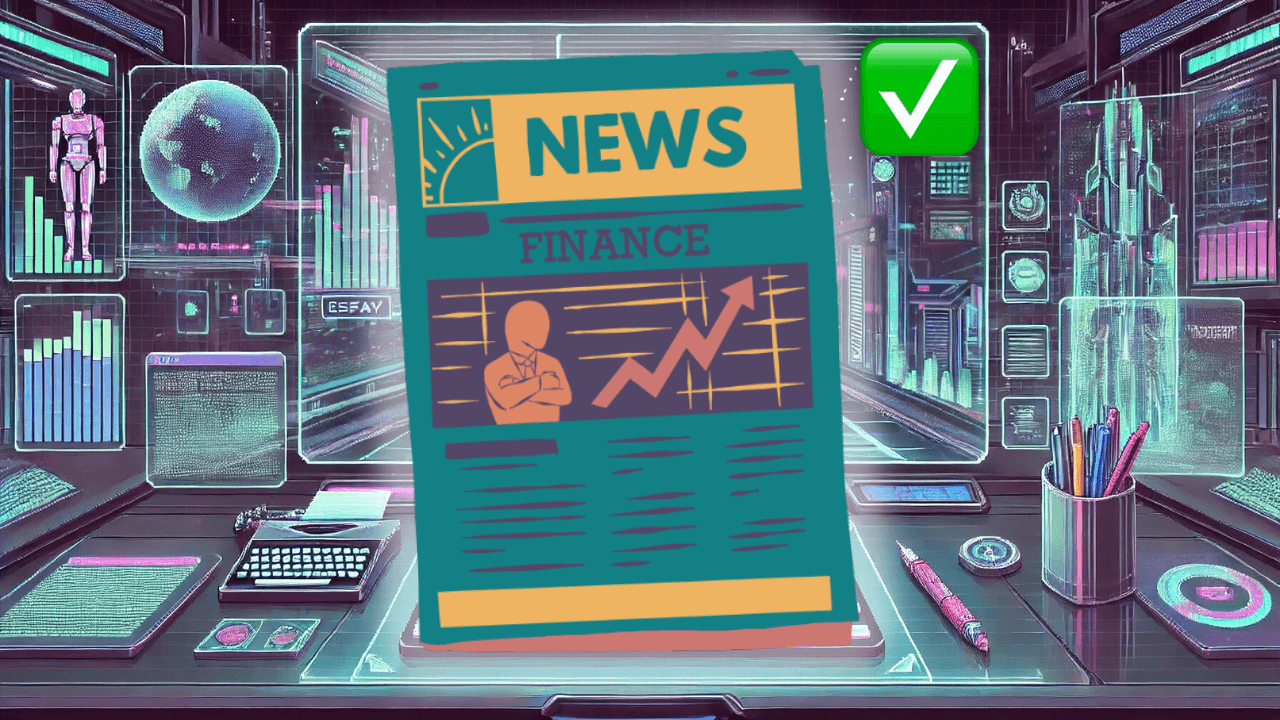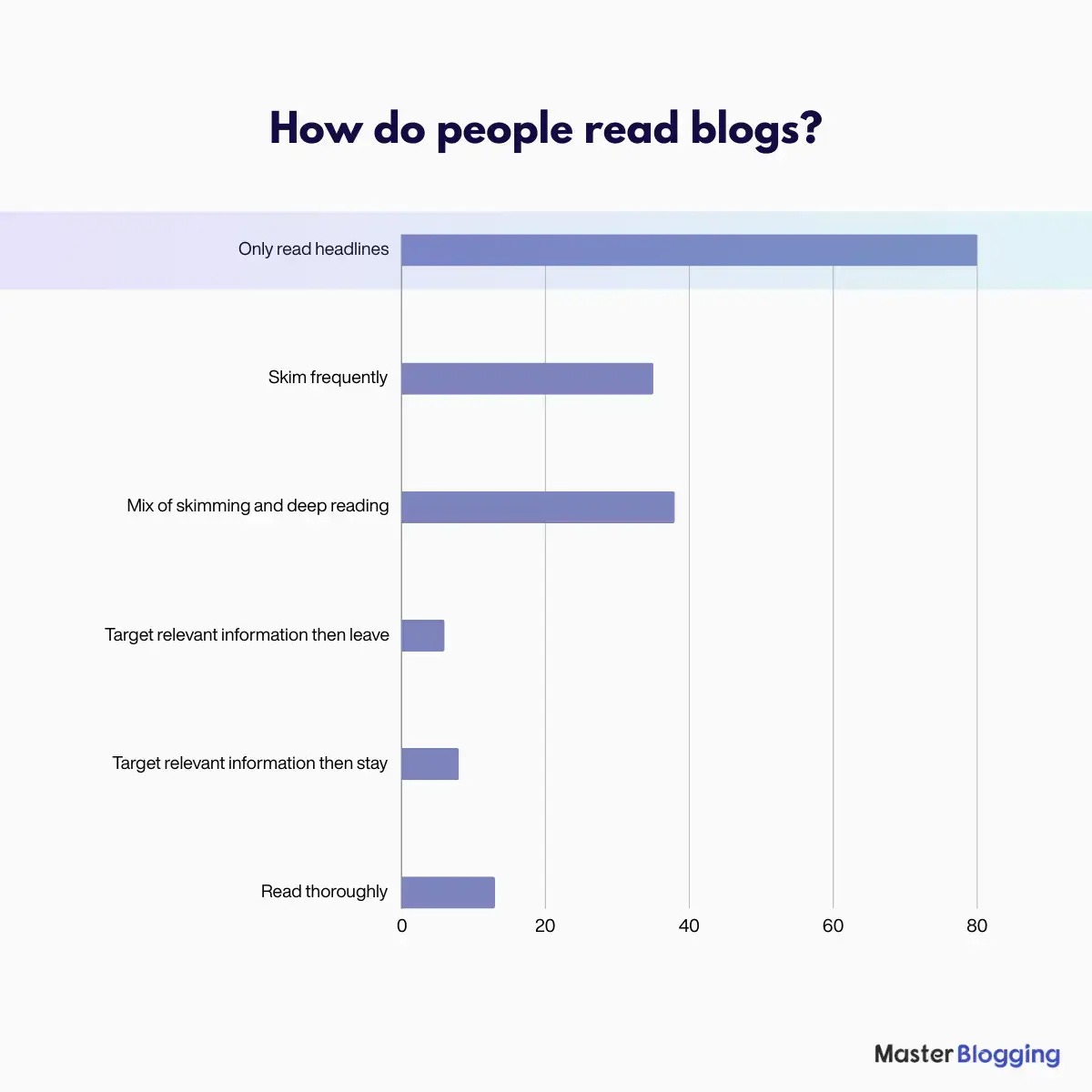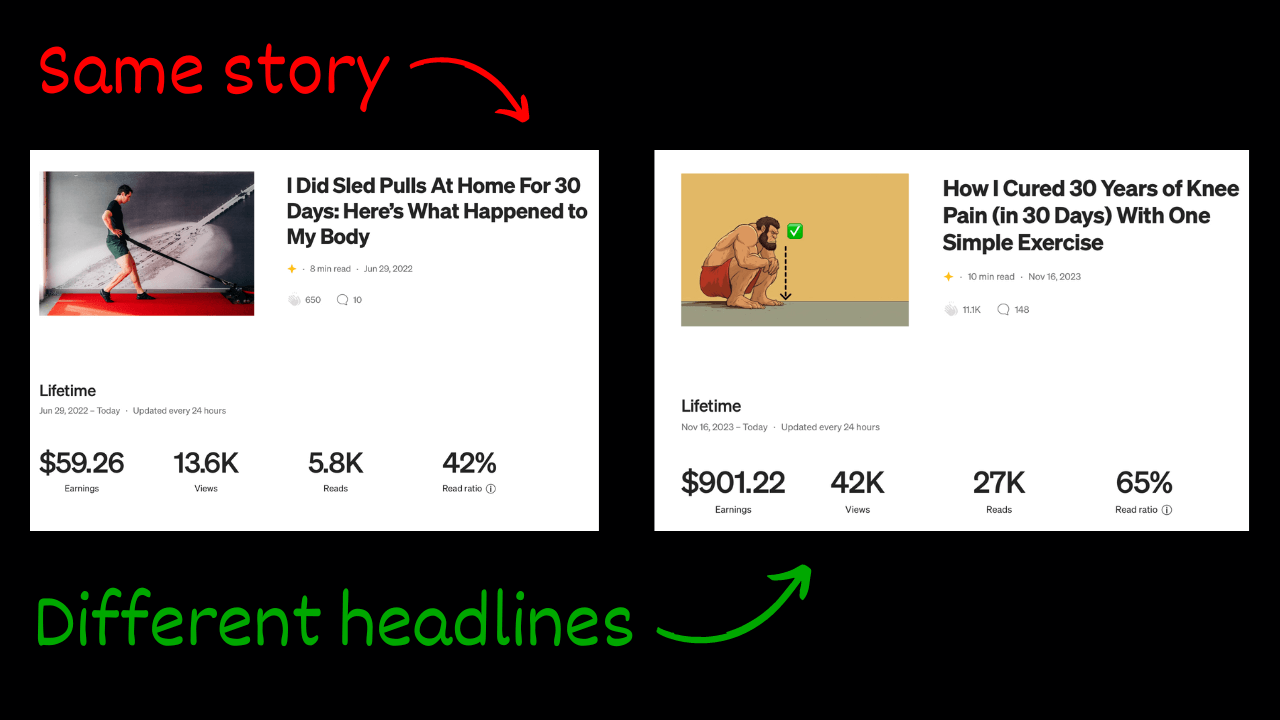How to Get Dirty Little Skimmers to Read Your Writing
Formatting tricks to extend your read time

If there’s anything I’ve learned over the past 7 years of writing online, it’s this:
No read is guaranteed. 📝 🙅
The internet is such a big place that getting anyone to click on your writing is a win. Getting them to read to the bottom… well, that’s another story.
Here are 4 tricks I use to extend my read time. And, how you can entice readers to actually read your content…
Read time is a vital metric. 💰
There are many golden rules of writing:
Ideas win
Clear > clever
Read time = money
No matter the platform, your ability to extend the time readers spend on your writing will always result in more money.
➡️ On Medium, it’s calculated as read time.
➡️ On Substack, it leads to more subscribers.
➡️ On, conventional blogs, it’s known as your bounce rate.
But, the truth of the matter is, the vast majority of readers merely skim articles. So, if you’d like to get the average reader to actually read your writing, there are a few things you can do.
Starting with how you structure your writing…
#1. Inconsistent formatting:
The human brain is wired to seek out inconsistencies.
As a survival mechanism, we are constantly looking for that which does not belong. And, could potentially threaten our survival.
We’re wired to survive. 💪 👀
It’s why you may feel anxious when things are going too well. And, start to lose concentration doing the same thing over and over again.
So, when writing online, change up the format of your writing as often as possible:
Use pull quotes
Bold and italicize font
Vary sentence and paragraph length
Anything to keep your readers’ eyes running down the page.
👉 As a general rule of thumb, keep paragraphs to a maximum of 5 lines. And, avoid having multiple paragraphs of the same length.
#2. Paragraph hooks:
Using hooks to grab readers’ attention is common practice — across all platforms.
From YouTube to Instagram to Twitter to any long-form writing platform, the ability to hook your readers’ attention makes all the difference in the world.
But, I rarely see people talk about paragraph hooks.
Every story you write takes a reader along a journey. But, since readers skim content before deciding to read, each paragraph offers a possible gap in concentration.
So, I like to build bridges. 🌁🔨
It’s not enough to get your reader past the headline and intro. Today, you must earn every word. So, bridge the gap between every paragraph with its own hook.
Often, they look something like this…
… and pair well with a handful of dirty little hacks.
#3. Dirty little hacks:
As the age-old expression goes,
“Rules were made to be broken.”
But, in order to correctly break rules, you must understand them. Personally, I try my best to abide by old-school grammar and punctuation laws:
Commas
Verb tense
Prepositions
Capitalization
Blah, blah, blah.
But, when it comes to formatting… that’s where I allow myself artistic liberty. 🧑🎨
For example:
1️⃣ Adding hyphens to connect sentences (like this 👉), is technically wrong — but, it catches the eye. Especially if you italicize the second portion.
2️⃣ Ending sections with ellipses is frowned upon. But, it creates intrigue…
3️⃣ Adding emojis to your writing… well, that’s just wrong. But, in newsletters, it feels right. 🤷
These little tricks, as well as wordplay, like alliteration, add a lot to the readability of your writing. And, create intrigue.
#4. Intriguing images:
Since we’re on the topic of rule-breaking, images are another sneaky tool I use to increase read time.
Yes, writing attracts readers.
But, since the internet is such a visually stimulating place, online readers have much shorter attention spans than someone who has sat down to read a book.
According to masterblogging.com, 80% of online readers only read headlines. And, 35% of those readers merely skim articles. 👇

So, adding visual elements to accompany your words will help readers pause for a moment. If they like what they see, they may even stick around for a little longer to actually read your beautiful words.
All of this, helps push your readers to the finish line, step by step. Hopefully, sticking around long enough to read your call to action…
Final thoughts: write for goldfish.
The average online reader has an attention span of… well, a goldfish.
Obviously, you’re the exception as you’ve read to the bottom of this post. Or, perhaps you skimmed right down to the bottom. Regardless, if you write for goldfish, you’ll create elephant readers.
Those who read, remember, and respect your words.🐘💭
And, most importantly, will journey here — to the promised land. Where you can share your call to action and hope your words impacted them enough to take a specific action. 👇
Happy writing!
Hudson :)
You’re invited to join Writer’s Hub! 💌
Hey, I’m Hudson! I created Writer’s Hub to help you make money as a writer. To have posts just like this one sent directly to you, become a free or paid subscriber. 🙋♂️✍️







Great advice here! Thanks for sharing.
beak some rules bla blh ....
thank you so muchfor sharing amazing tips and tricks hudson.